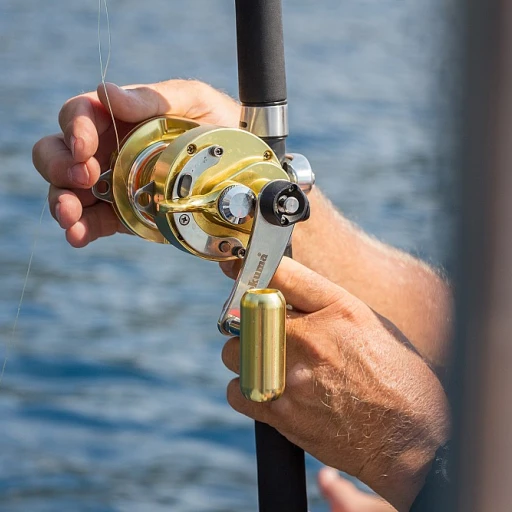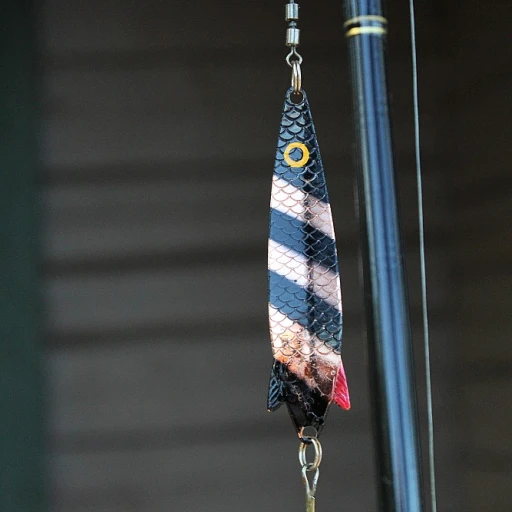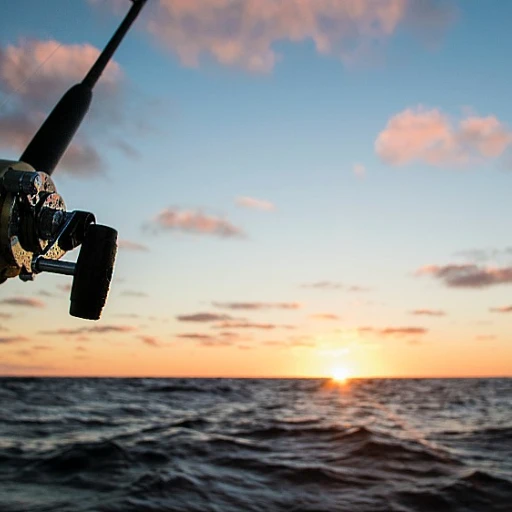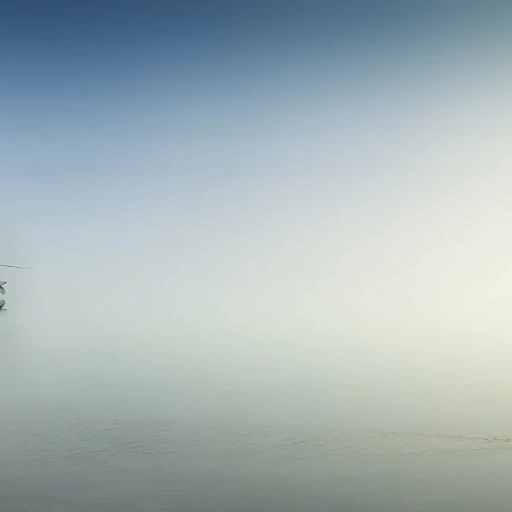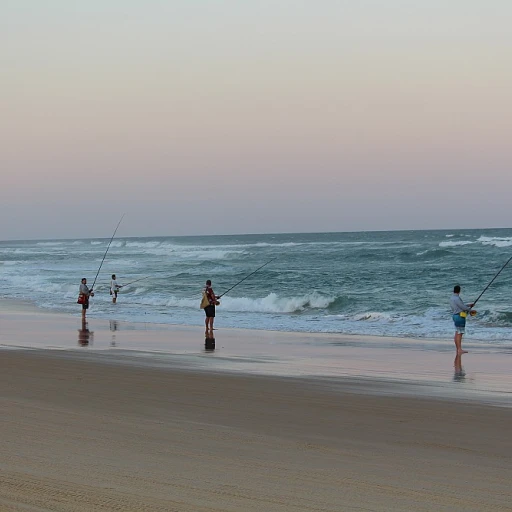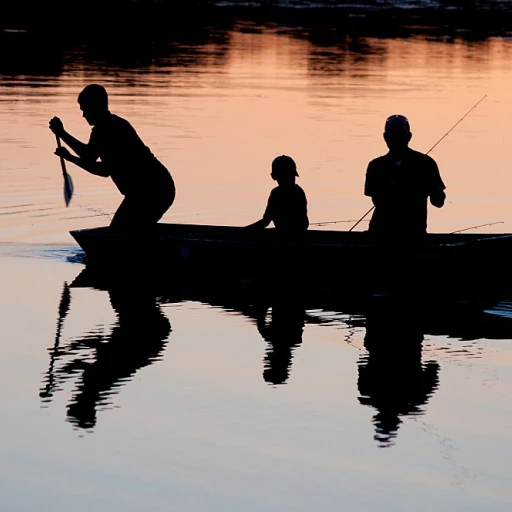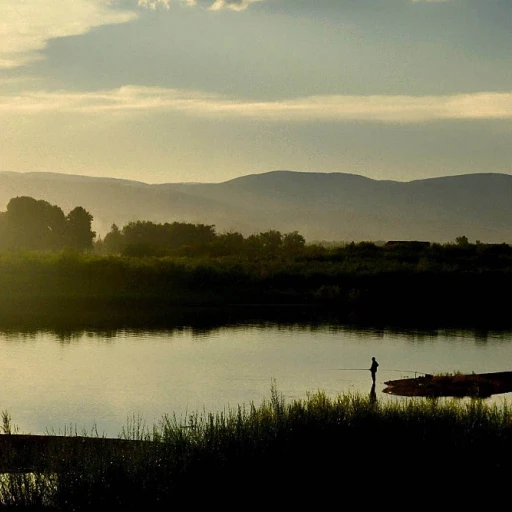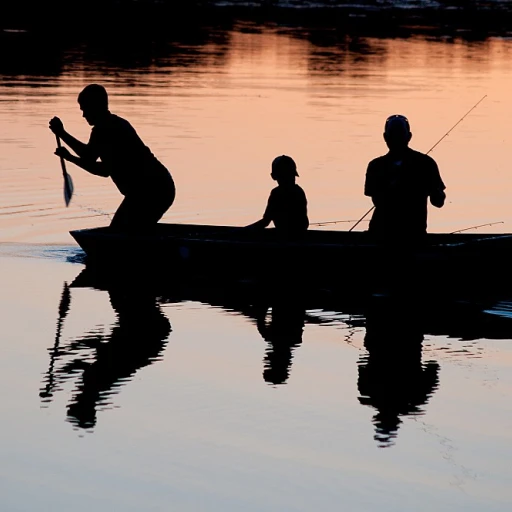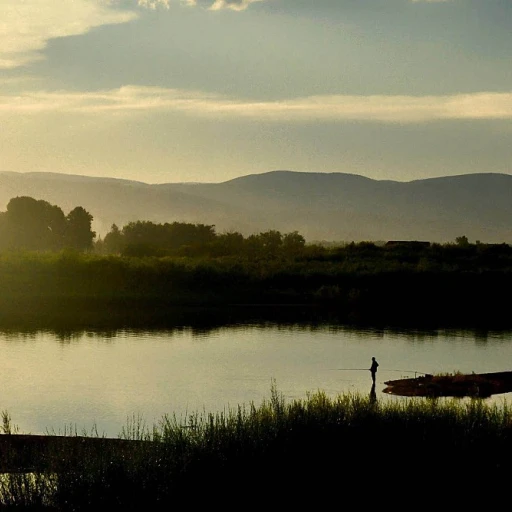
Understanding the Role of Fishing Lure Blades
The Importance of Lure Blades in Fishing
For recreational fishermen, the choice of the right fishing tackle can significantly enhance the success of a fishing trip. Among the various components that contribute to this, fishing lure blades hold a unique significance. These seemingly small, yet vital pieces of tackle can determine how effective a lure is at attracting fish and improving catch rates.
The primary role of a fishing lure blade is to mimic the movements and visual appeal of prey. This is achieved through the blades’ spinning action, which creates vibrations and reflections in the water. It's an important factor that triggers the predatory instincts of fish, such as walleye, bass, and pike.
Different blade types serve distinct purposes. For instance, the Colorado blade is known for its highly audible vibrations, making it ideal for muddier waters where visibility is low. Meanwhile, Willowleaf blades are more subtle, perfect for clearer water conditions, offering a slender profile that suggests a quick-moving prey. If you’re looking for an option tailored for deeper retrievals, the Indiana blade provides a good middle ground, combining vibration and flash.
In the upcoming sections, you'll explore various types of blades like the Hatchet and Deep Cup Colorado blades, among others. Understanding these can give you an advantage when you’re customizing or modifying your crawler harnesses or spinner rigs.
Maintaining your fishing equipment, including spinner blades, is paramount to preserving their effectiveness. Ensuring regular care and attention to details can prevent common mistakes, extend the life of your blades, and optimize their performance during fishing expeditions.
To further elevate your fishing experience, consider integrating a reliable bait cooler into your gear.
Types of Fishing Lure Blades
{"h3":"Exploring the Variety of Lure Blades Available"When it comes to fishing, choosing the right type of lure blades can significantly enhance your experience and success. There are several types of blades, each offering varying benefits and uses in different fishing conditions. Understanding these options can make a noticeable difference in your angling outings.
Blade Shapes and Characteristics
The selection of blade shapes includes Colorado, Indiana, Willowleaf, and Hatchet blades. Each has distinct characteristics that interact with water uniquely:
- Colorado Blades: Known for their rounded and broad design, Colorado blades produce maximum vibration, making them ideal for murky water conditions. Their deep cup design helps walleye spinners create a pulsating movement.
- Indiana Blades: A middle ground between Colorado and Willowleaf, Indiana blades provide both flash and vibration. They work well in various environments and are popular in crawler harnesses.
- Willowleaf Blades: These elongated blades offer a subtle vibration but excel in providing flash. They're excellent for covering water quickly and for fishing in clear, deep waters. Their streamlined shape allows for swift retrieval.
- Hatchet Blades: These distinctive blades are designed for maximum water agitation, offering significant vibration and flash. They can be quite effective in strong currents or when targeting fish that respond to high-intensity lures.
Customization Options and Accessories
In addition to shapes, the market offers a variety of accessories like beads and quick rig floats that can enhance the effectiveness of your spinner blades. Custom tackle options are available for anglers looking to personalize their gear. Whether you're using spinner blades or lure making kits, introducing color variations can make your baits more enticing.
Moreover, if you're interested in maximizing your fishing outcomes with the right blades, these strategies could be instrumental as you navigate the vast options in the market and tailor your setup to specific fishing conditions.
Choosing the Right Blade for Your Fishing Conditions
Factors to Consider When Selecting Lure Blades
Choosing the right fishing lure blades is crucial to enhancing your angling success. With the myriad of options available in the market, it can be challenging to pinpoint the perfect blade that complements your fishing scenario. Here's a quick guide to help you make a more informed decision:- Fishing Environment: Consider the depth and clarity of the water you are planning to fish in. Colorado blades, known for their deep cup design, are perfect for murky waters, providing maximum vibration. On the other hand, Willowleaf blades are ideal for clear water as they mimic the appearance of baitfish due to their slim profile.
- Blade Type: Colorado blades, Indiana blades, and Willowleaf blades each offer distinct properties. Understanding their variations can help in choosing the right one. For instance, Indiana blades bridge the gap between the vibrations of Colorado blades and the flash of Willowleaf blades, offering versatility in different water conditions.
- Bait and Rig: Pair your blades with appropriate baits and rigs. Spinner blades can enhance the effectiveness of walleye spinners or crawler harnesses. Adding beads and rig floats can further personalize your tackle.
- Fishing Species: Different fish respond to different vibrations and flashes. Target species should influence your selection. For example, the vibration from deep cup Colorado blades is effective in attracting larger predatory fish.
- Customization and Innovation: Modern technologies provide various custom tackle options like blades hatchet or blades willowleaf, offering unique features that cater to diverse angling needs.
Maintenance and Care for Lure Blades
Proper Care for Long-Lasting Performance
Maintaining your fishing tackle is crucial for optimizing your catches and ensuring the longevity of your gear. This holds true for fishing lure blades, which require attention to perform effectively. Whether you prefer colorado blades or willowleaf options, dedicating time to their upkeep can pay off with improved results on the water.
- Inspect Regularly: Before heading out, take a moment to inspect each blade for any signs of damage or wear. Examine the edges of spinner blades and look for rust or corrosion, especially if you often fish in saltwater environments.
- Cleaning: After each trip, rinse your blades thoroughly with fresh water to remove any debris, dirt, or salt. Use a gentle brush to clean off tough grime, being careful not to scratch the cup colorado or indiana blades.
- Drying and Storage: Allow your blades to dry completely before storing them. This prevents rusting and preserves the integrity of their finish. For added protection, consider storing them with moisture-absorbing packets.
- Lubrication: To keep your spinner blades spinning smoothly, a light application of oil or lubricant can be beneficial. Focus on the swivels and moving parts that might seize up over time.
- Care for Custom Tackle: If you use custom tackle or specialty baits like walleye spinners or crawler harnesses, apply specific maintenance practices recommended by the manufacturer to extend their lifespan.
By incorporating these maintenance routines, you'll ensure your lure making investments remain in peak condition, whether it's deep diver lures or hatchet blades. Not only does this save you money in the long run, but it also enhances your chances of success, whatever species you're after.
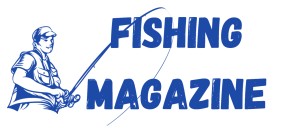
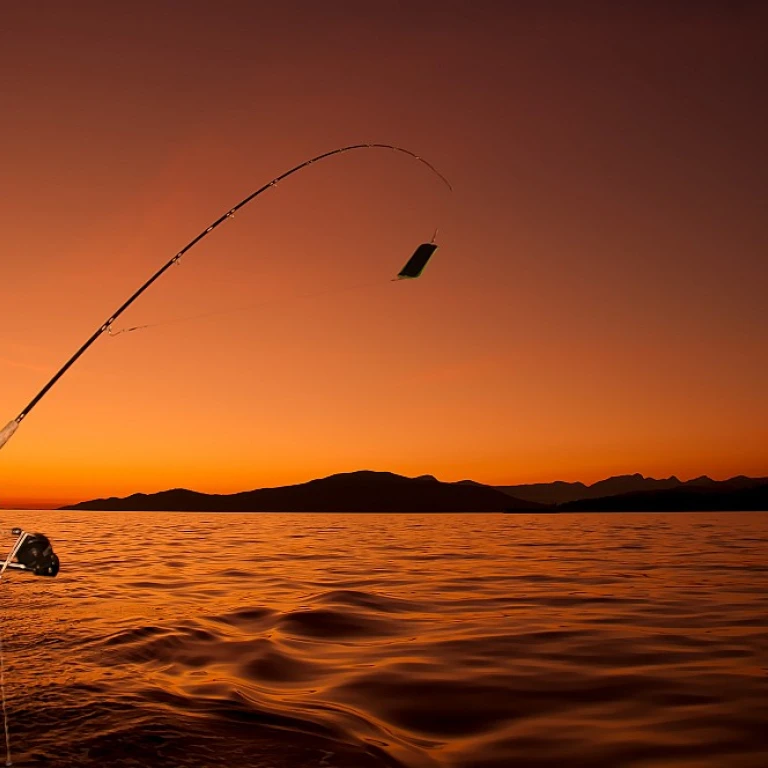
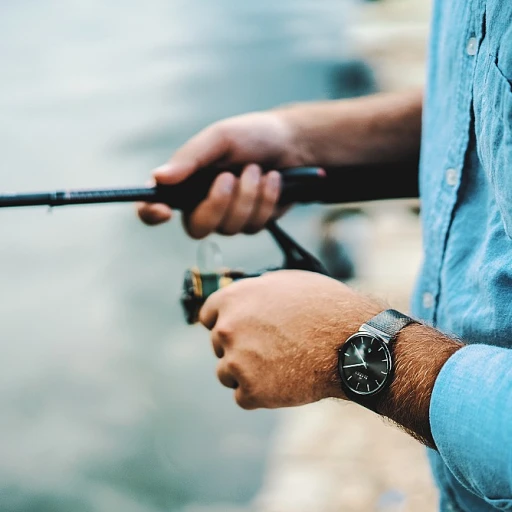
-large-teaser.webp)

